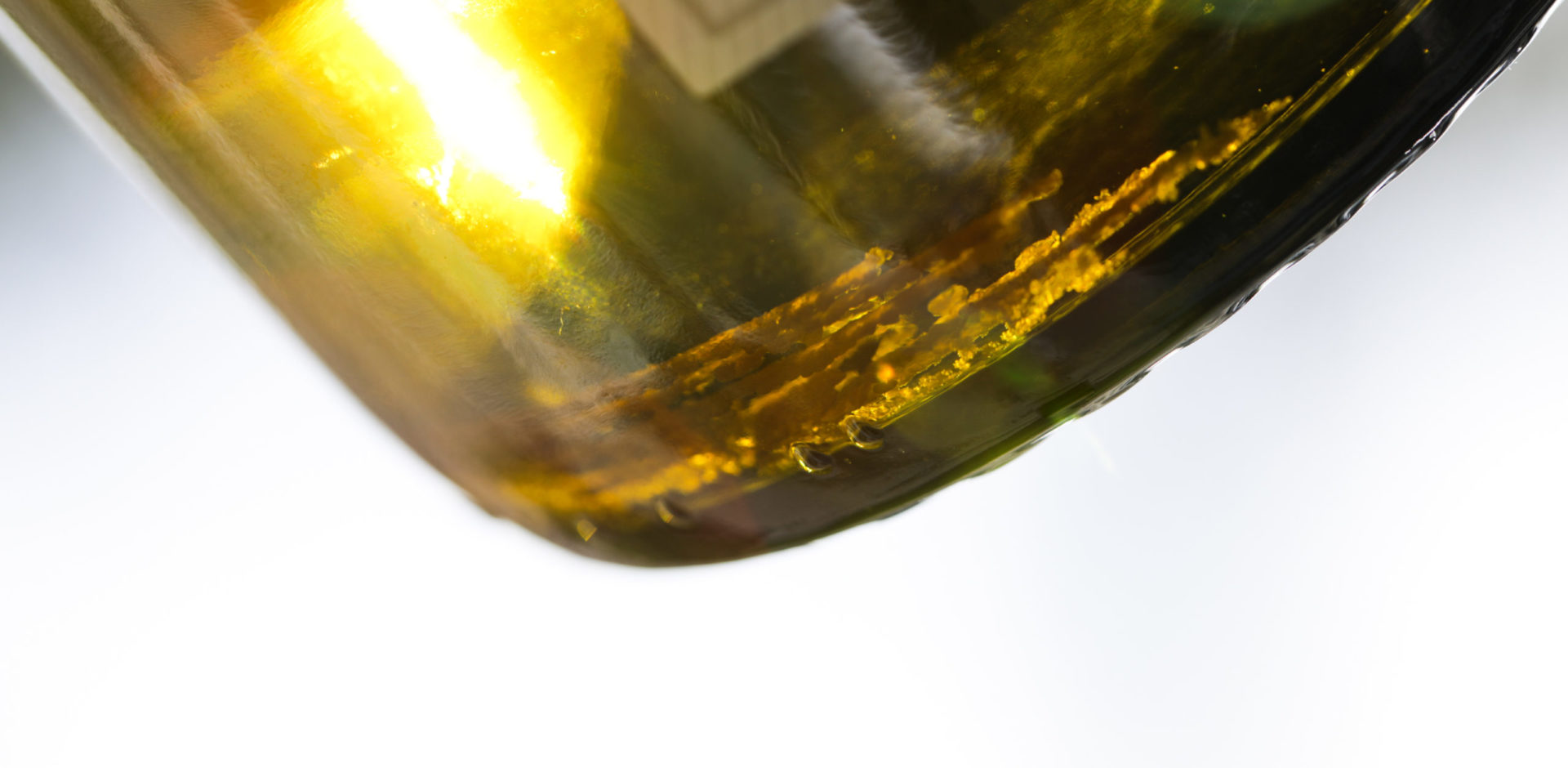Tartrates are affectionately known by industry professionals as “wine diamonds.” As natural to wine as seeds to a fruit, these tiny, crystalline deposits are completely harmless and natural. They occur in wines when potassium and tartaric acid—both natural by-products of grapes—bind together to form a crystal. Scientifically known as potassium bitartrate, tartrates are the same thing as cream of tartar used in cooking. Wine diamonds appear less frequently in red wines, as their level of tartaric acid remains lower, and the crystals tend to fall out naturally during the longer barrel-aging process. Despite their innocuousness, these unusual deposits can be unnerving, so in this post, we answer the most frequently asked questions about tartrates in wine.
Why Do Tartrates in Wine Form?
Tartrates are a normal byproduct of wine as it ages—but if the wine is exposed to temperatures below 40°F, wine diamonds can form within one week of a wine bottle’s exposure to extreme temperatures. It is these chilly conditions that make the tartaric acid compounds naturally combine with potassium to form a crystal.
Why Does Tartaric Acid Remain in Wine?
All wine contains organically occurring acids, malic and tartaric acids being the primary ones. Malic acid— “malum” is Latin for “apple”—can almost entirely be converted to the weaker acid, lactic, through a bacterial fermentation. So tartaric is the primary acid we taste in all wines—essential to a wine’s mouthfeel and balance. It tends to be more stable, unless the wine is exposed to very cold temperature. Ensuring the perfect balance of these acids while minimizing the chance for wine diamonds to form is truly where art and science converge.
What Methods are Used to Remove Tartrates?
Many winemakers employ a process called cold stabilization to remove tartrates from white wine before it’s bottled. Used mostly for aesthetic reasons with the hopes of eliminating the crystals, the old standard technique in California winemaking was to hold the wine at 28°F for 10 days. But extreme cold strips aromas and flavors. At Jordan, to maintain quality and consistency, we cold stabilize our chardonnays to what might seem like a brisk, winter day, 38°to 40°F, depending on the delicacy of the vintage.
Do Tartrates Affect the Quality of the Wine?
No. In fact, winemakers, sommeliers and academics view the presence of tartrate crystals as a sign of quality, indicating that the wine was not over-processed. Wine crystals never impart an unpleasant taste.
How Do You Identify Wine Diamonds?
Potassium bitartrate can resemble crystalized sugar granules or crystal shards as they fuse together. You’ll find them on the bottom of a bottle, stuck to the bottom of the cork, or appear as a powdery white substance on the bottle floor.
How Can Tartrate Crystals be Avoided at Home?
Delicate white wines that offer a suggestion of new oak, a hint of malolactic fermentation and a moderate approach to cold stabilization should be stored at 55 to 60°F and only chilled down to 45 to 48°F just prior to serving to mitigate the formation of crystals. When possible, wines should not be stored in refrigerators overnight that maintain temperatures lower than 45°F.
How Should I Serve Wine that Has Tartrate Crystals?
If wine diamonds appear on a cork, simply wipe them away with a cloth. If their appearance in a glass is disagreeable, decant the last quarter-bottle of wine, leaving any crystals behind. Pouring through a cheesecloth is also acceptable.


